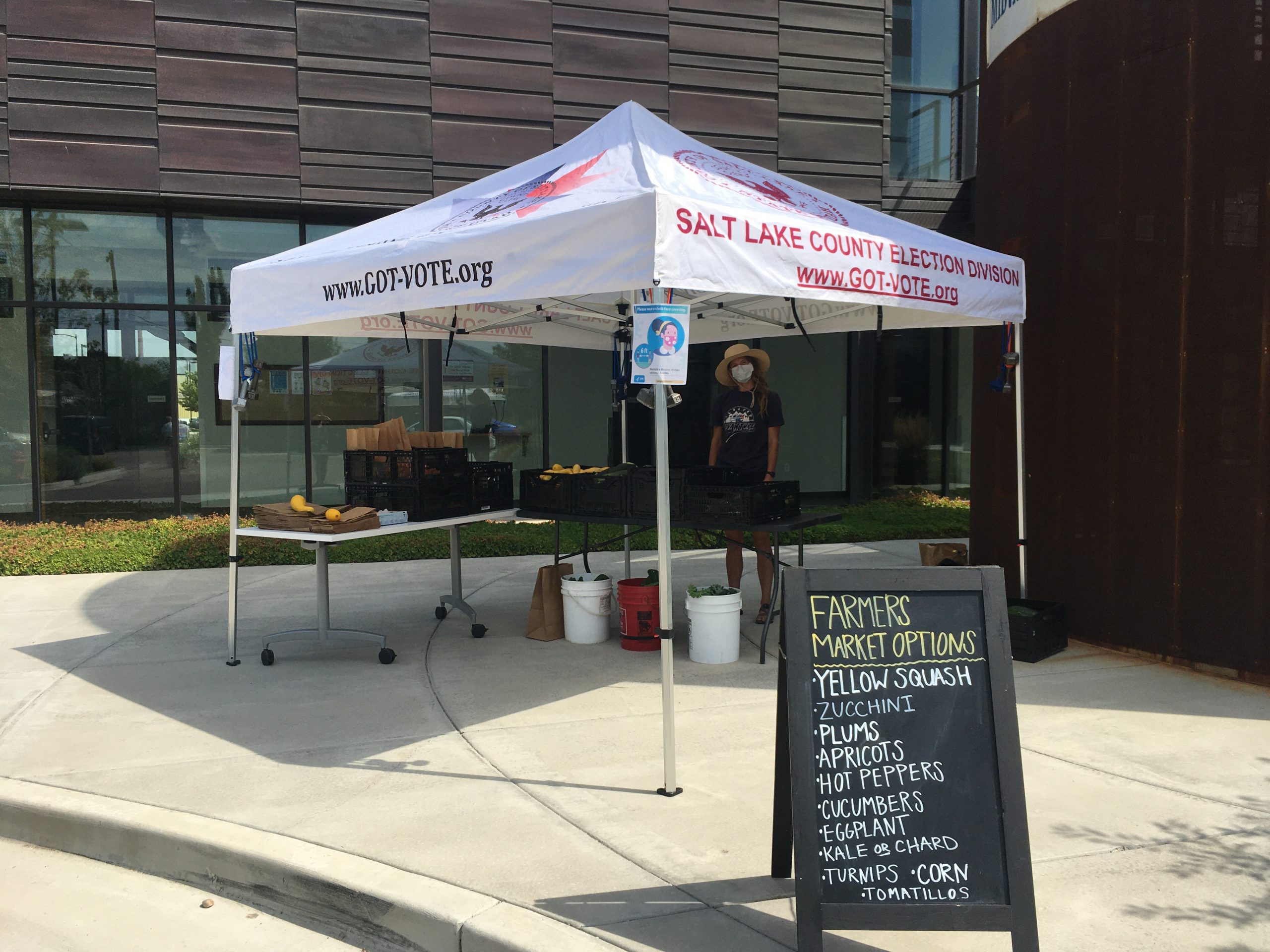
Soil Loss | What We Can Do
Jenae Ridge
In the past 150 years, the world lost more than half its’ topsoil. At this rate, in 60 years, our topsoil will be gone!
Soil loss is a very real issue. To give you an idea of how precious topsoil is, it takes nature about 1,000 years to produce an inch of it. About 95% of the food we eat grows from this soil and it is a necessity to live.
There are more microorganisms living in one handful of healthy soil than there are people living on earth!
The loss of topsoil occurs from intensive tilling, deforestation, lack of cover crops, and global warming. Overtime, tilling the soil decreases its’ ability to absorb water. So, when it rains, the water carries topsoil downstream and into our rivers, lakes, and ocean. When one commits to building soil and the life within it, we begin to reverse the effects of soil loss!
Several farming practices help slow down the degradation of topsoil and build it.
Utilizing cover crops and implementing no-till farming practices begin to build soil structure and thus build topsoil. Growing a diverse amount of crops allows for soil biodiversity to thrive. This creates a soil that is able to hold water and store carbon.
To combat soil loss in our programs, we adopted a no-till farming strategy on our farm and in our Back-Farms gardens. We use tools such as a broadfork, instead of a tiller as often as possible to prepare garden beds and farm rows for planting. In 2019, we converted about 1/3 of our farm to no-till intensive agriculture (no broadforks either)! Plant roots stay in the ground to decompose and build organic matter in the soil.
The soil in those rows acts as a carbon sink and therefore stores carbon rather than releasing it to the atmosphere.
Want more dirt talk? Check out these “Soil Health Nuggets” from USDA, or join us out on our farm (after this global pandemic of course)!


